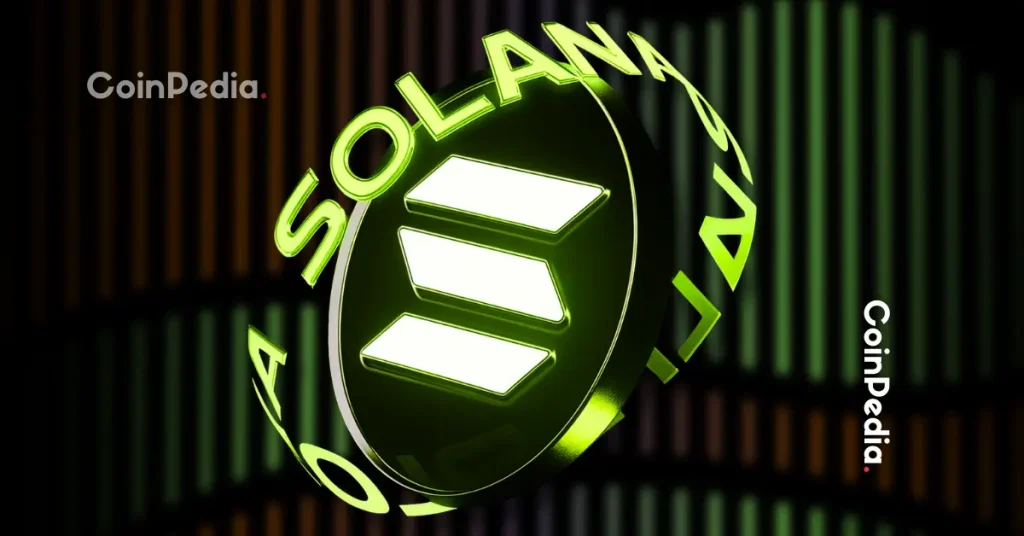Ethereum Devs Disclose New Fusaka Upgrade For December 3: What You Need to Know
Ethereum (ETH) is set to introduce its latest upgrade, dubbed the Fusaka upgrade, on December 3, 2025, a timeline that has been accelerated from previous expectations of a 2026 launch. This announcement comes from Christine Kim, a researcher monitoring Ethereum’s development progress.
The confirmation of the mainnet activation date was made during the recent All Core Developers Consensus (ACDC) call, where developers also established schedules for public testnet upgrades and the blob-parameter-only (BPO) hard fork related to Fusaka.
Ethereum’s Fusaka Devnet Update
The developers reached a consensus on these matters with surprising ease, indicating a smooth path forward despite ongoing testing challenges. They remain committed to the December activation date, barring any major setbacks during the next few months of testing.
Currently, two versions of the Fusaka Devnet are in operation. Devnet-3 is stable, with client teams actively addressing software fixes. Meanwhile, Devnet-5 is also stable but encountered issues earlier this week, including multiple client bugs and node misconfigurations.
These problems have reportedly limited the team’s ability to gather critical data on Blob-Parameter-Only (BPO) values. However, insights were still derived from a brief period of stability on Devnet-5, leading to recommendations for setting maximum blob counts for the upcoming hard forks.
Looking ahead, the Ethereum Foundation’s EthPandaOps team plans to roll out Fusaka Devnet-6 in the coming weeks to validate the findings from Devnet-5.
The team is focused on addressing a bug in the Prysm client that has emerged on Devnet-5, which appears to be linked to high blob counts resulting in orphaned blocks. Additionally, a recent update to the “ckzg” library has resolved prior issues, with a new version now available on GitHub.
Upcoming Testnets
The timeline for the Fusaka rollout is well-defined, with several key upgrades scheduled before the mainnet activation. Upcoming testnets include the Holesky upgrade on October 1, the Sepolia upgrade on October 14, and the Hoodi upgrade on October 28.
Developers agreed that client teams should consolidate their releases for these testnet upgrades but can individually publish updates closer to the mainnet activation.
In a separate but related development, the Ethereum community is engaged in discussions regarding the naming of a new consensus layer upgrade, referred to as Glamsterdam.
This will also involve the deprecation of the Sepolia testnet, although developers assured that there would be ample time for the community to adapt to this change, with the new testnet expected to launch in March 2026.
At the time of writing, Ethereum trades at $4.460, recording a 3.5% price drop in the 24-hour time frame. Still, the altcoin registers gains of 80% year-to-date.
Featured image from DALL-E, chart from TradingView.com
You May Also Like

PayPal USD Goes Live on Stellar, Expanding Access to Stablecoin Payments

$359M Liquidated from the Crypto Market, Machi Big Brother Down $10M
